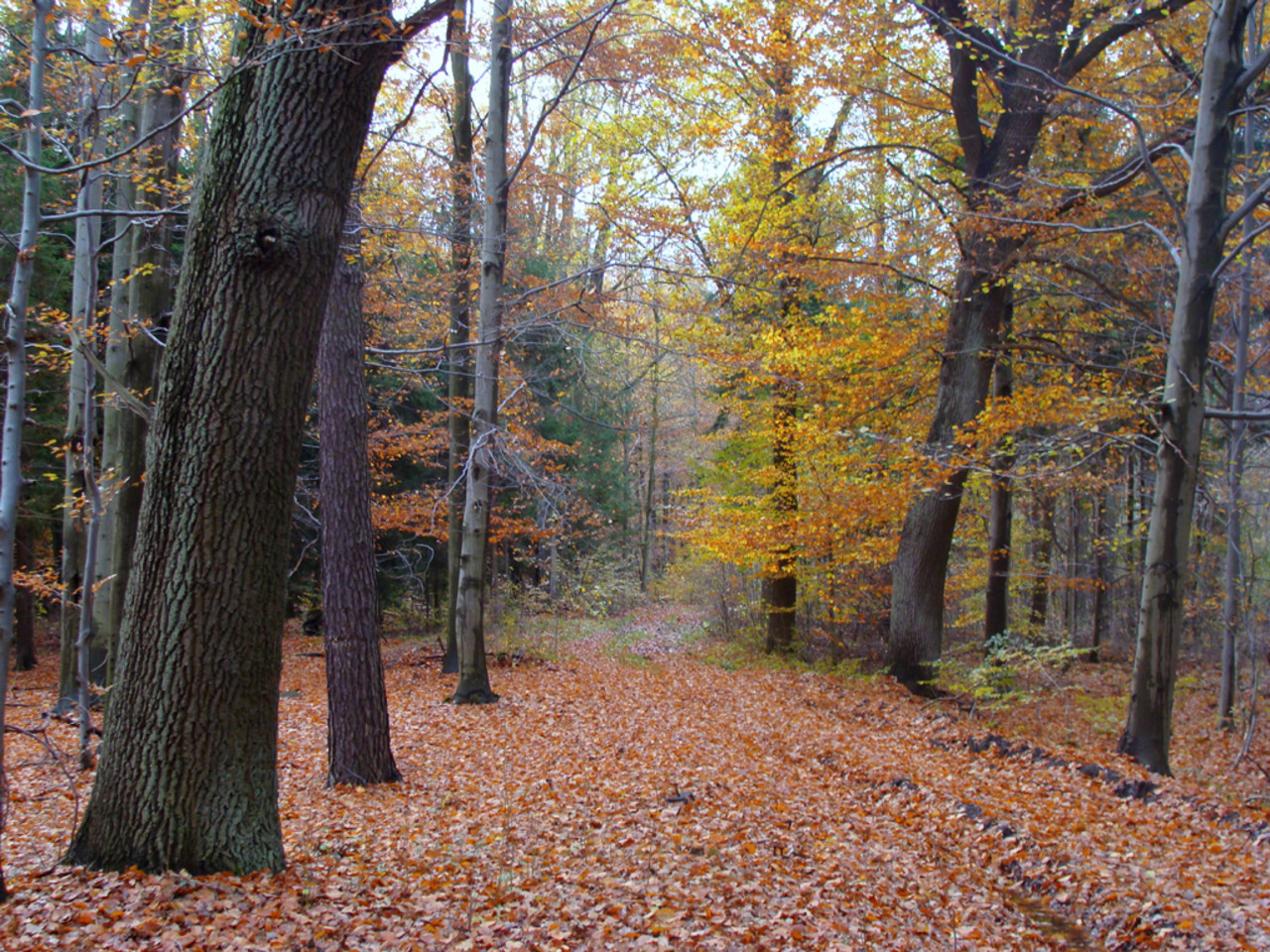Urban Nightlife
When did nightlife begin?
Urban nightlife could be traced again to historic civilizations, but its modern kind started to take form in the late nineteenth and early twentieth centuries. Here are some key milestones within the historical past of nightlife:
1. Early Celebrations
- Ancient civilizations, such as the Greeks and Romans, had social gatherings, feasts, and festivals that often prolonged into the evening.
- These occasions had been marked by music, dance, and entertainment, laying the groundwork for later nightlife actions.
2. Rise of the Urban Center
- With the Industrial Revolution within the 18th and nineteenth centuries, city centers started to grow, leading to an increase in inhabitants density.
- As cities became more vibrant, institutions like taverns, dance halls, and theaters emerged.
3. Prohibition Era
- The Twenties within the United States noticed the rise of speakeasies during Prohibition, where nightlife thrived despite authorized restrictions.
- This interval highlighted the will for socializing and entertainment, further shaping city nightlife.
4. Jazz and the Roaring Twenties
- Jazz clubs became in style, bringing stay music and a lively atmosphere to city nightlife.
- This era marked a cultural shift, with nightlife changing into extra accessible and diverse.
5. Late twentieth Century Evolution
- The emergence of nightclubs, raves, and DJ tradition within the Eighties and 1990s remodeled nightlife into a world phenomenon.
- Urban nightlife continued to evolve with technology and cultural trends, embracing varied genres and kinds.
Conclusion
In abstract, while nightlife has ancient roots, the vibrant city nightlife we recognize right now started to develop in the late nineteenth century and has expanded and reworked considerably over time.
Why do most nightclubs fail?
Most nightclubs fail as a outcome of a mixture of things that can undermine their success. Here are some key causes:

1. Poor Location
- Visibility and accessibility are crucial for attracting patrons.
- Locations which are too far from the nightlife hub might battle to attract crowds.
2. Inadequate Market Research
- Understanding the target market is vital.
- Failure to determine in style developments and preferences can result in offering the mistaken type of leisure.
3. Unsatisfactory Customer Experience
- Inconsistent service, poor staff conduct, and lack of ambiance can drive clients away.
- Clubs that do not prioritize a optimistic visitor expertise usually see high turnover rates.
4. Financial Mismanagement
- Poor budgeting and monetary planning can result in operational losses.
- Failure to account for overhead prices can end result in unsustainable practices.
5. Overdependence on Alcohol Sales
- Relying solely on drink gross sales without diversifying income streams may be risky.
- Offering meals or unique experiences can create additional revenue alternatives.
6. Inconsistent Programming
- Shifting themes or irregular events may confuse regular patrons.
- Clubs want to maintain a constant identity to build a loyal following.
7. Competition
- The nightlife business is extremely aggressive; new entrants can easily disrupt existing golf equipment.
- Constant innovation and maintaining with competitors are essential for survival.
In essence, managing a profitable nightclub requires careful planning, adaptability, and a give consideration to delivering an exceptional experience to patrons.
What is the that means of metropolis club?
The time period metropolis club refers to a type of nightlife venue that embodies the colourful tradition and vitality of city areas. These clubs usually serve as social hubs the place people gather to unwind, dance, and connect with others in a energetic ambiance.
Key characteristics of a metropolis club embody:
- Location: Typically located in major cities, permitting quick access for locals and tourists alike.
- Aesthetic: A contemporary design that always features cutting-edge decor, lighting, and sound methods.
- Diverse Music: Offering various genres, from digital dance music to hip-hop, catering to a wide range of tastes.
- Social Interaction: Providing a space for individuals to meet new pals or reconnect with old ones, emphasizing community and social engagement.
Cultural Impact
Metropolis golf equipment play a significant function in shaping urban nightlife by:
- Promoting local artists and DJs, thus supporting the music scene.
- Cultivating a way of belonging among patrons, fostering connections by way of shared experiences.
- Reflecting the dynamic nature of the city, typically adapting themes and events that resonate with present developments.
Overall, a metropolis club represents greater than just a place to party; it’s a vital aspect of urban tradition, embodying creativity, 오피 group, and the energetic spirit of city life.